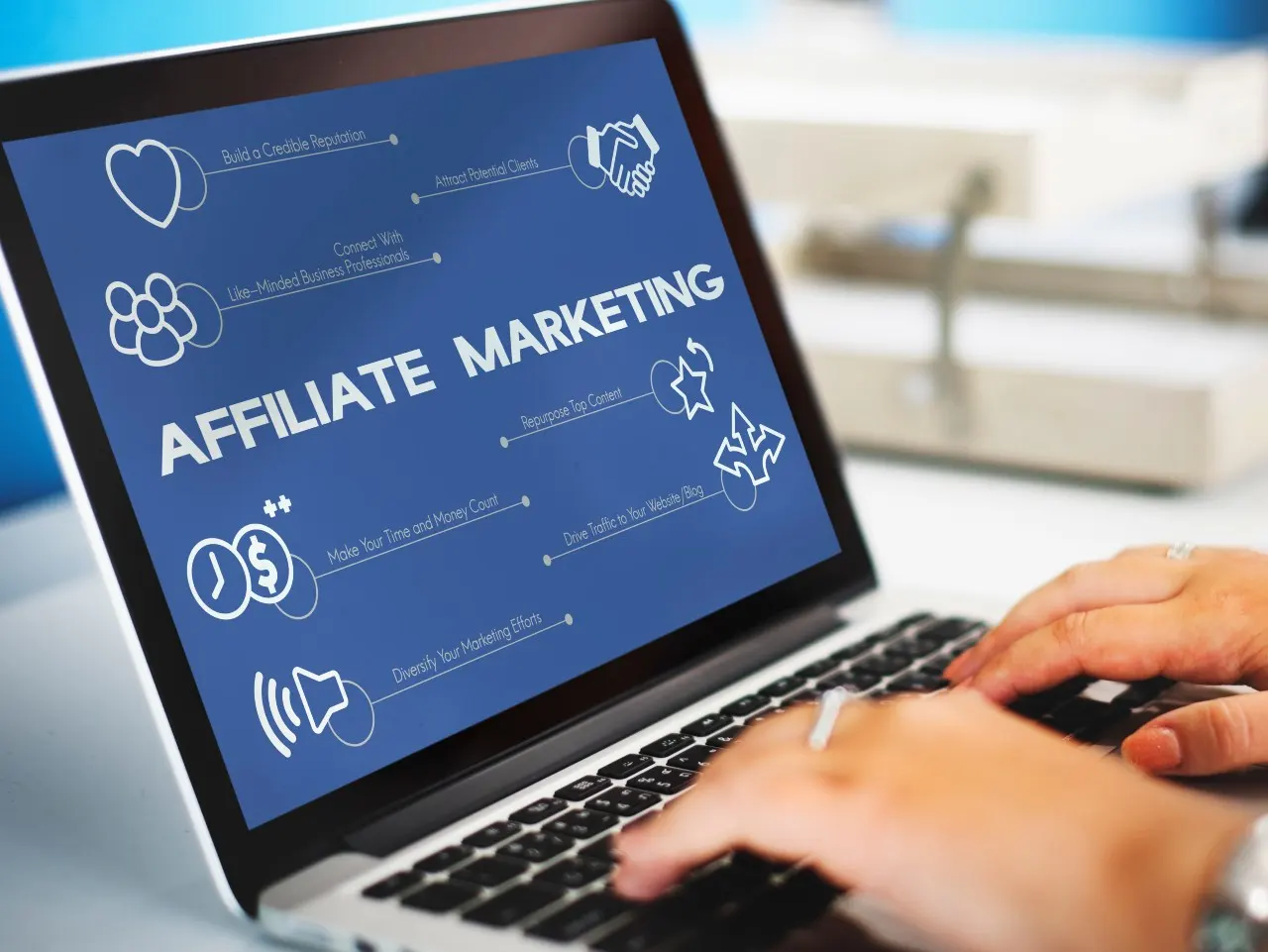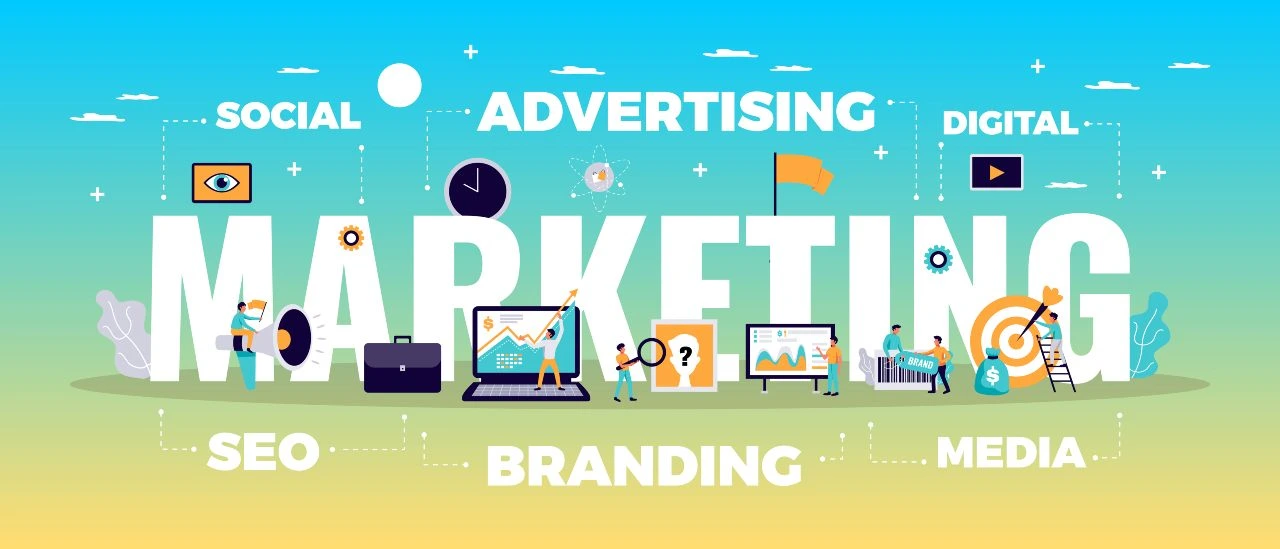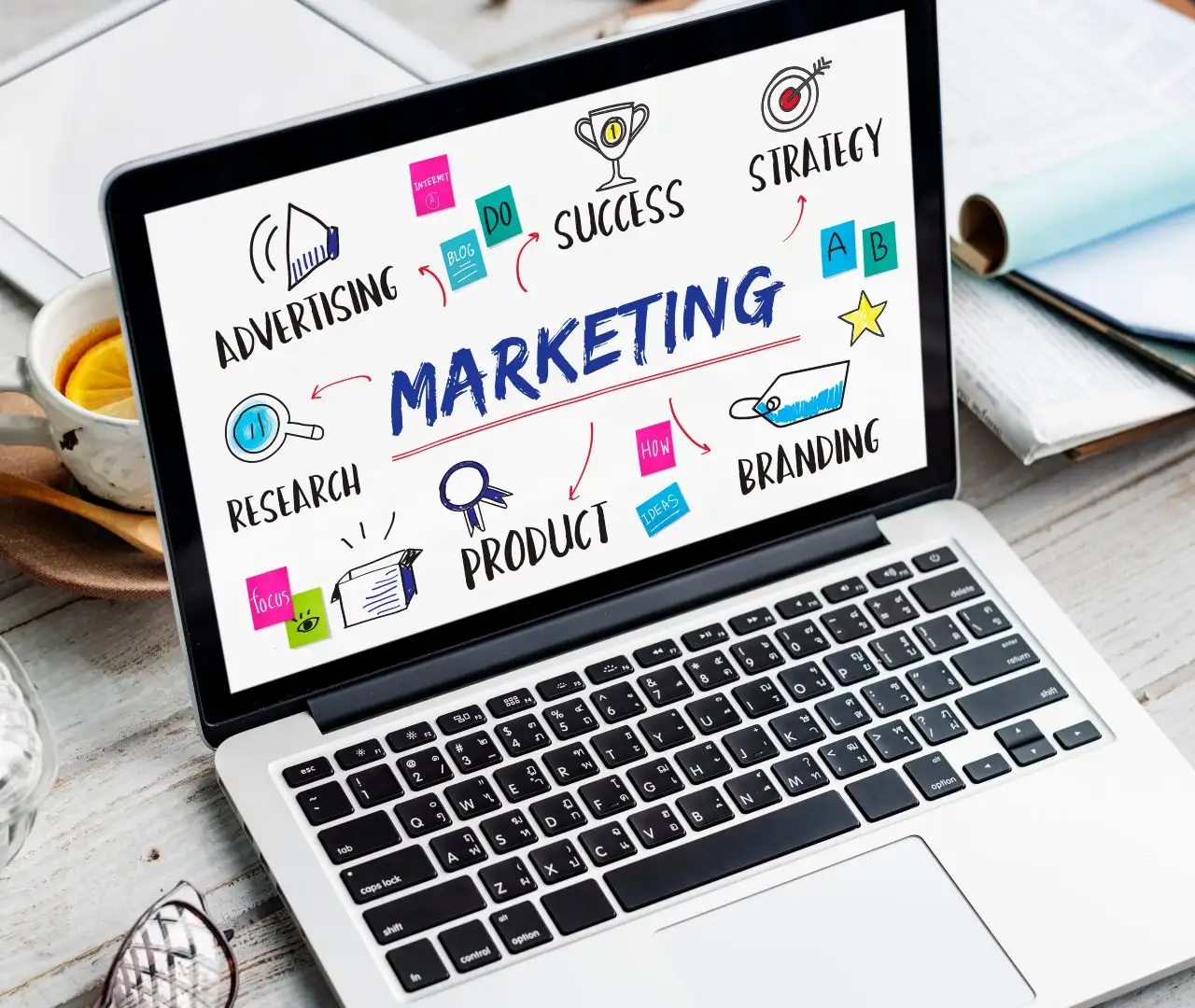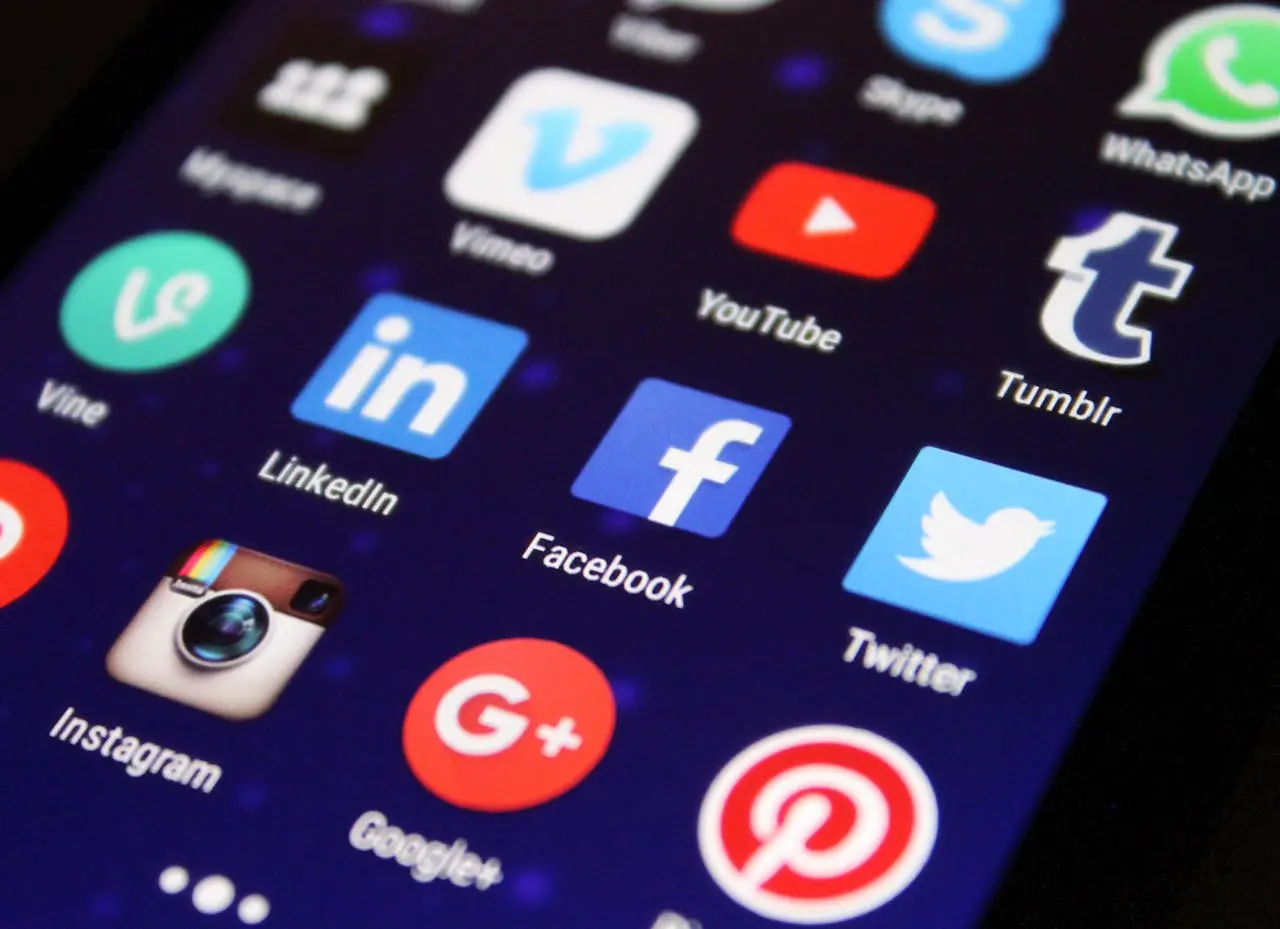Are you preparing for the upcoming fiscal year but finding yourself lost in a sea of data and trends? Crafting a successful marketing strategy hinges on understanding where to allocate resources effectively. The key lies in staying informed with the latest marketing budget statistics.
As we look towards 2025, it’s crucial to examine the trends shaping the industry. These statistics offer a roadmap for optimizing your spending, from the rise of AI-driven solutions to the evolving dominance of platforms like Amazon. With the right insights, you can ensure that every dollar of your marketing budget works smarter, not harder. Let’s dive into the key metrics and predictions that will define successful marketing strategies in the coming year.
The Role of AI in Transforming Marketing Budgets

Source: Safefrog
The integration of AI into marketing is no longer a futuristic concept—it’s here, and it’s reshaping the way marketing teams allocate their efforts and resources. While some businesses are reaping the benefits of early adoption, others remain hesitant or unaware of its potential impact. The current landscape highlights an opportunity for marketers to balance automation, creativity, and strategic investment by leveraging AI technologies. Let’s dive into some key statistics about how AI is disrupting the marketing field.
- Approximately 40% of marketers are utilizing AI tools daily, with an additional 17% employing them at least once a week—solidifying AI as a core part of their workflows. Source
- 29% of marketers rely on AI tools for content creation and marketing support, making this one of the most prominent use cases for AI in the industry. Source
- A staggering 70% of marketers believe AI simplifies their job roles, which explains the growing justification for allocating budgets to AI-powered tools. Source
- Interestingly, 50% of marketers are not concerned about AI threatening their job security, which suggests a balanced adoption mindset rather than resistance. Source
- However, 40% of marketers are unaware of whether AI-powered tools are already in use within their organization, revealing a communication gap that could be hindering optimized budget allocation. Source
- Despite its prominence, 35% of surveyed marketers reported that their organizations have yet to implement AI-powered solutions, leaving the door wide open for further investment opportunities in AI-driven tools. Source
- Only 20% of marketers confirmed that their organizations have fully integrated AI tools, indicating that adoption is still at an early stage for many companies. Source
Key Takeaway
These statistics reveal that while AI adoption is gaining traction, a significant portion of organizations is still navigating the learning curve. As AI continues to become more accessible and sophisticated, marketers have a golden opportunity to champion these technologies not only for productivity but also for smarter budget utilization.
Incorporating AI tools can also align seamlessly with broader digital marketing initiatives. For example, businesses looking to optimize their strategies holistically might consider full-service marketing to ensure their efforts are cohesive and results-driven. This approach can serve as a foundation for integrating AI-driven solutions, offering a more comprehensive and efficient use of resources.
Pro Tip:
Don’t wait for full-scale implementation to see results. Start small by introducing AI tools for specific, measurable tasks like content creation or campaign optimization. Demonstrating clear ROI in these areas can help build organizational buy-in and pave the way for larger investments in AI solutions.
Unlocking AI’s Potential in Content Marketing for Smarter Budgeting
The rise of AI in content marketing isn’t just a passing trend; it’s redefining how marketers allocate time, resources, and budgets. As the demand for personalized and high-quality content grows, AI tools have become indispensable in meeting these expectations while optimizing efficiency. Beyond saving time, AI is reshaping content strategies, enabling marketers to shift their focus from repetitive tasks to innovative, value-driven initiatives. Here’s how AI is driving measurable results and influencing budget decisions in content marketing:
- An impressive 42.2% of marketers have adopted generative AI tools like GPT-4, revolutionizing content creation and campaign management, which has a direct impact on how content marketing budgets are structured. Source
- Companies leveraging AI tools have seen a 68% increase in ROI for content marketing, highlighting the financial benefits of integrating AI into marketing strategies. Source
- 65% of content marketers plan to utilize generative AI tools for content development, showcasing the widespread acceptance of AI and its growing role in budget prioritization. Source
- AI has reduced the time spent on content creation significantly. Before adopting AI, 63% of content writers spent up to 20 hours weekly on content; now, this has been cut to just 10 hours on average, offering opportunities for budget reallocation to other growth areas. Source
- Marketers are increasingly applying AI to generate blog posts (58%), social media posts (55%), and short articles (49%), demonstrating its versatility in shaping diverse content formats and budget strategies. Source
- A whopping 85% of marketers reported improved content quality after integrating AI into their workflows, reinforcing the value of allocating budget towards AI-powered tools. Source
Key Takeaway
AI is undoubtedly proving its worth in transforming content marketing—from improving efficiency and maximise digital marketing ROI to elevating content quality. By automating tasks like drafting, optimization, and repurposing, marketers are gaining more bandwidth to experiment with innovative campaigns and focus on their audience’s unique needs. Businesses that prioritize AI in their content marketing budgets are not just improving workflows but also creating space for strategic growth.
Pro Tip:
To make the most out of AI, start small by using it for specific use cases, like generating blog outlines or optimizing content for SEO. Gradually scale its application across various formats, and ensure you track its ROI closely to refine your budget allocation and strategy over time.
Why Smart Marketers Are Doubling Down on AI Investments
The undeniable rise of artificial intelligence in marketing is more than a passing trend—it’s a strategic shift that’s reshaping how businesses connect with their audiences. From transforming customer personalization to optimizing promotional efforts, AI-driven tools are becoming critical components of marketing strategies. As competition intensifies, brands that invest in AI now are positioning themselves to lead the charge in delivering hyper-relevant, efficient, and impactful campaigns. Let’s explore the numbers backing this growing momentum:
- By 2028, the AI market in marketing is projected to exceed $107.5 billion, according to Statista, showcasing the increasing budget allocation toward AI technologies. Source
- The global artificial intelligence market is forecasted to hit $407.0 billion by 2027, growing at a compound annual growth rate (CAGR) of 36.2% between 2022 and 2027. Source
- Half of B2B marketing leaders are already utilizing AI, and 75% plan to adopt generative AI specifically for advertising and promotion, a clear indication of the sector’s embrace of this transformative technology. Source
- 88% of global marketers reported success using AI to personalize the consumer journey across multiple channels, solidifying AI’s role in enhancing customer experiences and warranting an increased share of marketing budgets. Source
As these statistics demonstrate, AI is no longer a complementary tool—it’s a cornerstone of effective marketing strategies. The ability to deliver tailored consumer experiences, predict behaviors, and refine promotional efforts has made AI indispensable for marketers looking to stay ahead of the curve. Its rapid adoption, particularly in B2B sectors, reflects a growing recognition that businesses cannot afford to ignore the competitive edge it provides.
Pro Tip:
To make the most of your AI investments, prioritize tools that focus on actionable insights and scalable personalization. Experiment with platforms like ChatGPT, Jasper, or Salesforce Einstein to deliver hyper-customized campaigns that resonate with your audience. Integrating AI into creative processes and performance analytics can also help you optimize your marketing spend while staying agile in a fast-changing digital landscape.
Marketing ROI with Amazon’s Surging Ad Revenue
Amazon’s rapid growth in the digital advertising space is reshaping how marketers think about their budget strategies. With its impressive reach, diverse ad formats, and cost-effective pricing, Amazon has positioned itself as a go-to platform for advertisers aiming to drive both brand visibility and conversions. As more consumers start their product searches directly on Amazon, it’s becoming clear that allocating ad spend on this platform is no longer optional—it’s a strategic necessity for brands aiming to stay competitive.
- Amazon’s net U.S. digital ad revenues reached $46.91 billion in 2023, marking a significant expansion in market share that’s hard for marketers to ignore. Source
- Search ads on Amazon account for $7.09 billion in U.S. net ad spending, highlighting the platform’s dominance in product discovery and emphasizing the need to invest in sponsored product ads. Source
- Display ads generate $2.76 billion in U.S. net ad spending, signifying Amazon’s ability to offer advertisers more than just search-based opportunities, from banner ads to videos. Source
- Amazon’s average cost-per-click (CPC) is only $0.77, providing a cost-effective alternative to other platforms for brands looking to maximize returns without overextending budgets. Source
- Sponsored product ads make up 85% of ad spending on Amazon, demonstrating their role as a cornerstone for driving product visibility and sales on the platform. Source
- Amazon’s U.S. ad search revenue takes up 12% of the total ad spending market, showcasing its growing influence and the necessity for advertisers to prioritize Amazon in their search ad strategies. Source
- Sponsored product ads lead in sales-per-click effectiveness, making them one of the most conversion-focused ad types available. Source
Key Takeaway
The data underscores Amazon’s undeniable potential to generate exceptional ad performance, particularly through its cost-effective CPC and highly impactful sponsored product ads. Unlike traditional ad platforms focused primarily on awareness, Amazon offers advertisers a direct path to purchase, maximizing both visibility and bottom-line results. As the platform continues to diversify its ad capabilities, marketers who take a proactive approach in leveraging Amazon’s advertising ecosystem can tap into not just increased brand exposure but measurable growth in sales and ROI.
Pro Tip:
To make the most of your Amazon advertising campaigns, don’t just rely on sponsored product ads—test multiple formats such as display ads or video ads to find the right mix for your brand’s objectives. Pair your ad spend with strong keyword strategies and A+ content to maximize visibility and drive conversions effectively.
Budgeting Smarter: Insights into Emerging and Established Marketing Channels

Source: Upflip
Allocating your marketing budget effectively isn’t just about where to spend—it’s about understanding which channels align with consumer behavior and deliver measurable ROI. As digital and experiential marketing evolve, businesses must embrace a blend of innovative platforms, such as augmented reality, alongside tried-and-true strategies like email and paid social media advertising, to stay ahead. For marketers striving to balance experimentation with proven methods, these key statistics highlight where your dollars can make the biggest impact.
- The global augmented reality (AR) market is projected to reach $198 billion by 2025, signaling a growing demand for immersive marketing experiences and a strong case for investing in AR initiatives. Source
- Email marketing boasts an impressive ROI of 4200%, cementing its status as one of the highest-performing yet cost-effective channels for driving revenue. Source
- 60% of consumers prefer email as the primary method of communication with brands, reinforcing its reliability and importance in marketing strategies. Source
- Paid social media ads account for 12% of marketers’ budgets, offering direct access to target audiences while generating meaningful engagement and brand awareness. Source
- With traffic challenges on major platforms, experimenting with paid ad placements on forum sites—coupled with well-timed content promotion—may open up untapped opportunities to reach niche audiences. Source
Key Takeaway
To achieve sustained success in 2025 and beyond, marketers must adopt a diversified approach to budget allocation. Emerging technologies like AR offer exciting opportunities to captivate audiences with immersive experiences, but don’t overlook the enduring power of email marketing and paid social media to deliver consistent results. Additionally, testing newer advertising spaces, such as forum sites, can help uncover valuable opportunities to engage audiences in previously underutilized channels. By striking a balance between innovation and proven tactics, brands can future-proof their strategies while maximizing ROI.
Pro Tip:
As you plan your 2025 marketing budget, set aside 10–15% for experimentation with emerging platforms. Pilot campaigns in AR or alternative ad spaces can yield insights and elevate your competitive edge. Meanwhile, continue analyzing performance metrics to double down on high-ROI staples like email and paid social to squeeze the most out of every dollar spent.
Ad Campaign Management and Smarter Budget Strategies for 2025 Success
In an era where marketing success hinges on agility and data-driven decision-making, ad campaign management and budget allocation are no longer “set-it-and-forget-it” processes. Yet, many marketers fall into the trap of neglect, leading to wasted spend and missed growth opportunities. By understanding key trends and statistics, businesses can take control of their efforts and turn budget constraints into strategic advantages.
- A startling 72% of companies haven’t reviewed their ad campaigns in over a month, revealing a major gap in proactive management and efficient budget use. Source
- B2B marketers face mounting challenges such as longer sales cycles and larger buying committees, all while managing tighter budgets. This requires sharper focus on thoughtful campaign planning and resource prioritization. Source
Key Takeaway

Source: Webfx
These insights emphasize a growing need for smarter campaign oversight and iterative budget planning. With sales cycles evolving and AI-driven tools becoming a centerpiece of marketing, adaptive strategies are paramount. Businesses that regularly analyze campaign performance and adjust budgets in real time will not only save money but also stay ahead of market trends.
One popular approach for businesses aiming to optimize their marketing spend and channel resources effectively is leveraging outsourcing SEO services. By partnering with specialized providers, companies can minimize costs while tapping into expert knowledge for continuous campaign improvements, allowing in-house teams to focus on core strategic initiatives.
Pro Tip:
Set up a monthly—or even bi-weekly—campaign review process to identify areas for improvement. Pair this with analytics tools like Google Analytics, HubSpot, or Mediatool to uncover underperforming areas and reallocate your budget to initiatives that yield the highest ROI. With the rise of AI, ensure part of your budget is reserved for testing AI-powered tools, which can automate optimization and deliver data-backed insights effortlessly.
Conclusion
As we look ahead to 2025, the marketing budget landscape is clearly undergoing a seismic shift, driven by the rapid adoption of AI, evolving consumer preferences, and emerging digital channels. The statistics outlined throughout this article highlight the pressing need for marketers to stay proactive, agile, and informed. From the growing reliance on AI tools to improve efficiency and ROI, to the rise of platforms like Amazon reshaping advertising strategies, these trends provide powerful insights into where to focus your resources for maximum impact.
What stands out is the need for balance—leveraging innovative technologies like generative AI for content creation or predictive analytics while also refining more traditional approaches like email marketing, which continues to deliver unparalleled ROI. Whether it’s reallocating funds to AI-powered personalization or diversifying ad spend across emerging channels, a strategic approach to budget allocation will be the defining factor for success in 2025.
Ready to boost your traffic and grow your website? Your customers are looking for you, and our SEO services can help you be found across search engines. Contact us today to transform your marketing strategy into a powerful driver of business growth!
About Marketing Budget Statistics That Will Define 2025
This guide was written by the Scopic Studios team and reviewed by Araksya Hakobjanyan, SEO Lead at Scopic Studios.
Scopic Studios delivers exceptional and engaging content rooted in our expertise across marketing and creative services. Our team of talented writers and digital experts excel in transforming intricate concepts into captivating narratives tailored for diverse industries. We’re passionate about crafting content that not only resonates but also drives value across all digital platforms.
Note: This feature blog’s image are sourced from Freepik.
















































































































































































































































































